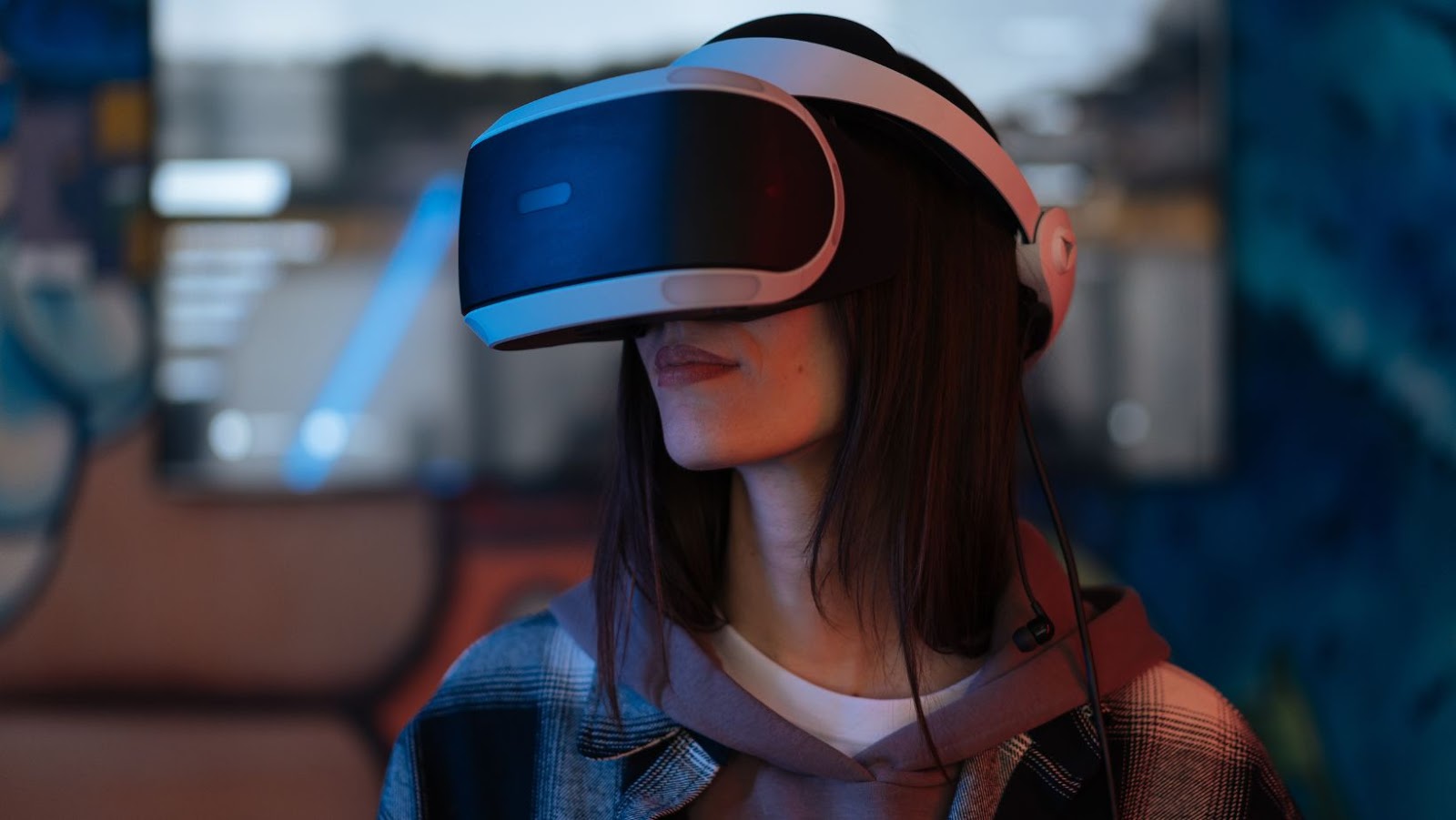 Virtual Reality Headset for Nintendo Switch
Virtual Reality Headset for Nintendo Switch
Nintendo Switch offers a distinct virtual reality experience via its Labo VR Kit. Released in April 2019, this kit combines physical components with software, letting users build their own VR headset. The Labo VR Kit features Toy-Con creations, enhancing creativity while providing immersive gameplay.
The Labo VR Kit includes several interactive games. Users can play titles like “The Legend of Zelda: Breath of the Wild” and “Super Mario Odyssey” in VR mode. While these games aren’t fully VR, select segments offer enhanced immersive experiences. This approach allows players to experience beloved Nintendo games in a new dimension.
Nintendo’s approach to VR is more family-friendly compared to other platforms. The Labo VR Kit’s design emphasizes fun and accessibility over high-end graphics. Its cardboard construction ensures that it’s more of a novelty item than a competitive VR gaming system.
For those seeking a more dedicated VR experience, third-party options exist. Companies like OIVO manufacture VR headsets compatible with the Switch. These headsets offer a more traditional VR experience, though their compatibility with Switch games is limited.
 Key Features Of The Virtual Reality Headset
Key Features Of The Virtual Reality Headset
Virtual reality headset for Nintendo Switch provide users with several benefits, enhancing their gaming experience. Below are the key features assessed under specific criteria.
Virtual reality headset for Nintendo Switch, including the Labo VR Kit and third-party models like OIVO, utilize the console’s 720p display. The Labo VR Kit offers a 3D effect by splitting the screen into two halves for each eye, leveraging the Switch’s natural display capabilities. Despite a lower resolution compared to high-end VR systems, the display remains clear enough to provide engaging experiences in games like “Zelda: Breath of the Wild.”
Comfort and fit play crucial roles in extended gaming sessions. The Labo VR Kit, designed with cardboard, may require frequent adjustments but remains lightweight. Third-party options, such as OIVO, often include adjustable straps and cushioning to improve comfort. These features ensure minimal discomfort, even during prolonged gameplay, catering to diverse player preferences.
Compatibility significantly impacts user experience. The Labo VR Kit supports a specific subset of Nintendo games, primarily offering enhanced sections in titles like “Super Mario Odyssey.” Third-party headsets generally face limitations in game compatibility, making them less versatile. However, ongoing updates might expand their usability in the future, enhancing their value proposition for Nintendo Switch users.
These key features, comprising display quality, comfort and fit, and game compatibility, form a comprehensive guide for those considering a VR headset for their Nintendo Switch.
 Performance And User Experience
Performance And User Experience
Switch VR headsets provide an engaging experience optimized for the console’s capabilities. Users can enjoy immersive gameplay while balancing performance constraints.
Setting up the Nintendo Switch for VR involves attaching the console to the VR headset. The Labo VR Kit requires users to assemble the headset from cardboard pieces, which takes around 1-2 hours. Detailed instructions are included, ensuring even younger players can complete the setup. In contrast, third-party headsets like the OIVO require no assembly and offer a plug-and-play experience by slotting the Switch into the device.
In-game VR experiences on the Switch are enjoyable but limited in scope. Titles like “The Legend of Zelda: Breath of the Wild” and “Super Mario Odyssey” offer specially designed VR segments, allowing players to experience familiar worlds from new perspectives. Despite lower graphics fidelity compared to high-end VR systems, the immersive environments enhance the overall gaming experience. Family-friendly titles emphasize fun and accessibility, ensuring that players of all ages can enjoy VR gameplay.
Motion tracking and controls for Switch VR headsets are basic but functional. The Labo VR Kit uses gyro sensors within the Switch to track head movements, providing a rudimentary yet effective VR experience. Users control the game using Joy-Cons, which offer motion controls for interactive gameplay. Third-party options also rely on the console’s built-in sensors and controllers, limiting motion tracking accuracy compared to dedicated VR systems. Despite these limitations, the controls are intuitive and responsive, making for an engaging VR experience.